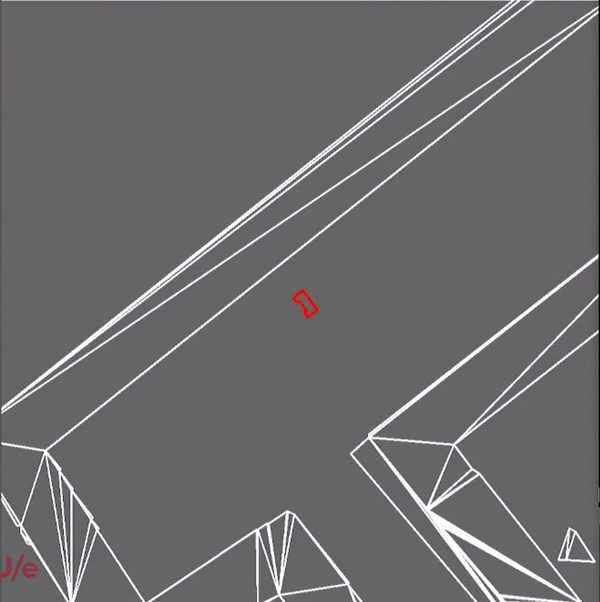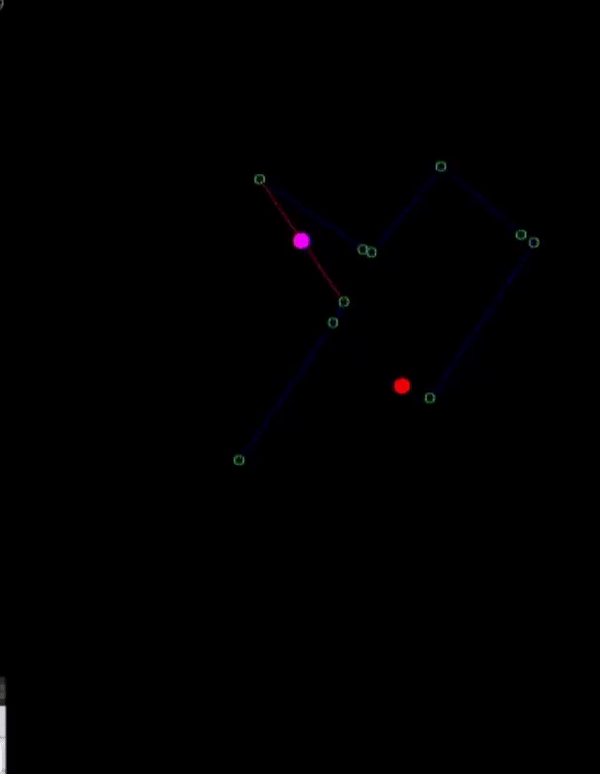Mobile Robot Control 2021 Group 8
Group information
Group members
| Name: | Student ID: | Email: |
| Rick Peeters | 1021754 | r.peeters@student.tue.nl |
| Rinse Hobma | 1022328 | r.hobma@student.tue.nl |
| Bram Odrosslij | 1016625 | b.odrosslij@student.tue.nl |
| Abdullah Cosgun | 1020574 | a.cosgun@student.tue.nl |
| Ivo Mix | 1011609 | c.g.mix@student.tue.nl |
Tutor
| Cesar Lopez Martinez | c.a.lopez.martinez@tue.nl |
General planning
Week 1 (19 April - 25 April)
- Start with tutorials.
- Prepare the software (Ubuntu, qtcreator, .. ).
- Design document.
- Project planning.
Week 2 (26 April - 2 May)
- Introduction meeting with the tutor.
- Watch tutorials 1.1, 1.2 & 1.3.
Week 3 (3 May - 9 May)
- Deadline: Design document (4 May)
- Finish the tutorials.
- Watch tutorials 2.1, 2.2 & 2.3.
- Orientating the escape room challenge.
Week 4 (10 May - 16 May)
- Escape room competition (12 May)
- Finish the script for the escape room competition.
- Discuss the result of the escape room competition.
Week 5 (17 May - 23 May)
- Start oriëntating for the hospital competition.
Week 6 (24 May - 30 May)
Week 7 (31 May - 6 June)
- Presentations (2 June)
Week 8 (7 June - 13 June)
- Final Competition (9 June)
Week 9 (14 June - 20 June)
Week 10 (21 June - 23 June)
- Deadline: Wiki pages (23 June)
Course description
(PICO, Assignment, .. )
Design document
The design document describes the initial idea for the solutation on the basis of the requirements, functions, components, specifications and interfaces.
The design document can be found here.
Escape Room Challenge
Strategy
The basis of the used strategy for the escape room challenge lies in the Artificial potential field algorithm. Together with the Finite state machine, that is defined in the design document, and the exit detection algorithm, forms this the strategy that is used in the escape room challenge.
Finite state machine (FSM)

The basis of the navigation module lies on the artificial potential field algorithm. This algorithm uses two vectors that determine the motion of the PICO robot. The first vector is the attractive vector, which is determined by the difference in the current position of the robot and the target position that is determined by the exit detection algorithm.
The other vector is the repulsive vector, which makes the PICO robot move away from the wall and is proportional to the distance to the wall. Thus the magnitude of the vector increases when the PICO robot is closer to the wall.
The path of the PICO robot is then determined by taking the sum of attractive vector and the repulsive vector. By updating these vectors with a frequency of 20 [Hz], the PICO robot will move in the direction of the target point while at the same time getting pushed away from the wall.
While implementing this algorithm, the group ran into difficulties and the navigation module was changed. The beginning of the algorithm stayed the same, the difference was made after the PICO robot is approaching the wall near the exit. When this happens the PICO robot moves, parallel to the wall at a fixed distance in the direction of the target point. This procedure happens until the PICO robot is located in the corridor.
..
Exit detection
Testing
Result

